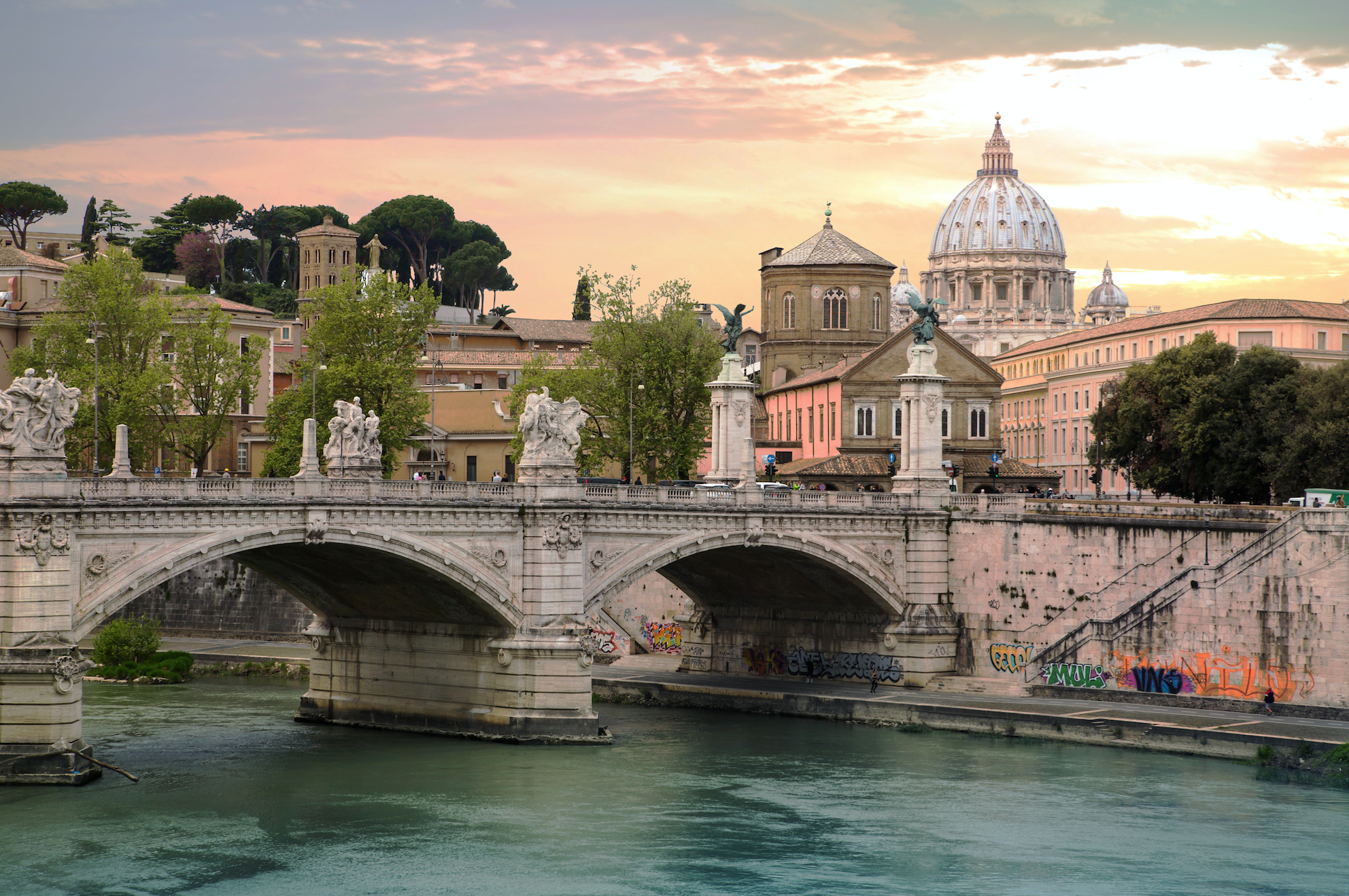
By Jennifer Holland, Certified Brand Strategist, Holland People+Brands
“How does the subconscious mind make decisions?” That’s a question posed by the Neuroeconomics Lab at the UCLA Brain Research Institute.
According to neuroscientists at the Institute, the brain’s limbic system—which governs our emotions—often overrides the areas of the brain responsible for logic and complex reasoning. People often act against logic and reason because of deeper sources of motivation rooted in unconscious feelings and interpersonal dynamics.
If you’re looking for a scientific explanation for why brand matters, that’s it. So, let me explain with a personal, real-world experience.
Recently when travelling to Rome, Italy, I should have been a “nervous wreck.” A very hectic—brutal, in fact—travel schedule was followed by one interfering obstacle after another. Basically, I learned Murphy’s Law is not confined to the United States. By anyone’s standards, I should have been overwhelmed by worrisome logistics and challenges. But once I landed in one of the most beautiful places in this world, any problem that had been top-of-mind was replaced with awe. Seeing the ancient architecture, unbelievable vistas and artistic treasures was a cathartic experience; I was overcome with emotion.
I can remember one remarkable, defining moment during this trip that had bordered on disaster. One day as I looked at the statue of Michael the Archangel atop the Castel Sant’Angelo, I became suddenly self-aware of…
…my newfound and profoundly calm state of mind.
What? How could that be? I should have been completely frazzled, considering all that had happened before getting to Rome.
Again, scientists have the answer for my transformation from nervousness to awe. Neurologically speaking, aesthetics trigger the firing of synapses in the cerebellum, causing us to reach reflexively for items of beauty. We automatically assign positive traits to these items—be they people, places or things. In this regard, many individuals desire form over function, rather than function over form.
Seeing the statue of Michael was when my limbic system took over; I became calm despite my circumstances. There I was, in Rome, where the artistic expression of beauty is consistently everywhere. This consistency elicits feelings of calm, security and trust.
And, brand standards are one way businesses, organizations—and even cities—demonstrate consistency to their audiences. Rome, in all its ancient beauty, is city that is like a brand standards style guide. For example, Roman aesthetics are harmonious. All the buildings’ colors are muted—primarily in tones of yellow, rosa or cream. This beautiful balance is no accident; 2,500 years of history and laws have preserved the city’s exquisite vistas. No building in the historic center of Rome is taller than St. Peter’s Basilica, which was completed in 1626.
When brand standards are visual, thoughtfully planned and professionally executed, audiences have an aesthetic experience just as I did at the Castel Sant’Angelo. This sense of beauty also signals quality and credibility.
Don’t make the mistake of thinking this is matters only when visiting a historical city like Rome, London, or New York. Aesthetics and brand standards affect how you sell your products and services. Case in point, the scientific research detailed in Dr. Robert Cialdini’s book Pre-Suasion, where customers at a wine shop selected and bought more French wine while they were exposed to French music playing in the background. When the French music wasn’t playing, the sales of French wine decreased. Test after test after test. Emotion matters, after all.
Employing brand standards is a strategic force for a company’s future initiatives for attracting audiences with confident, aesthetic attributes. And, perhaps most importantly, such standards will create a culture of positivity, security and trust.
That’s why my advice to you is this—do as the Romans do. Yes, brand standards are that important.
